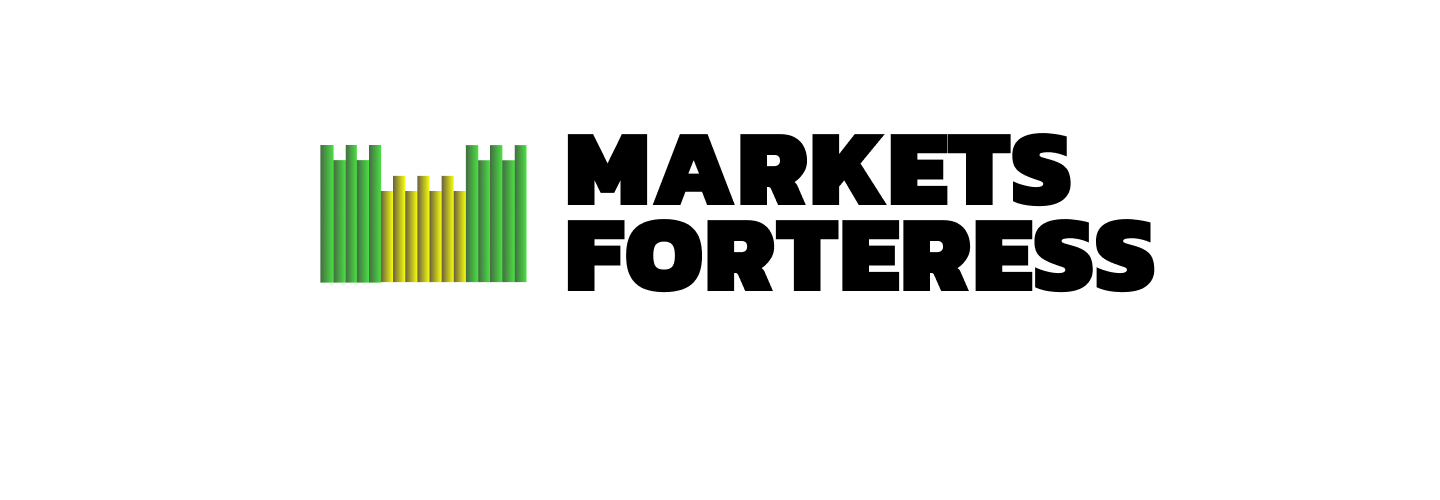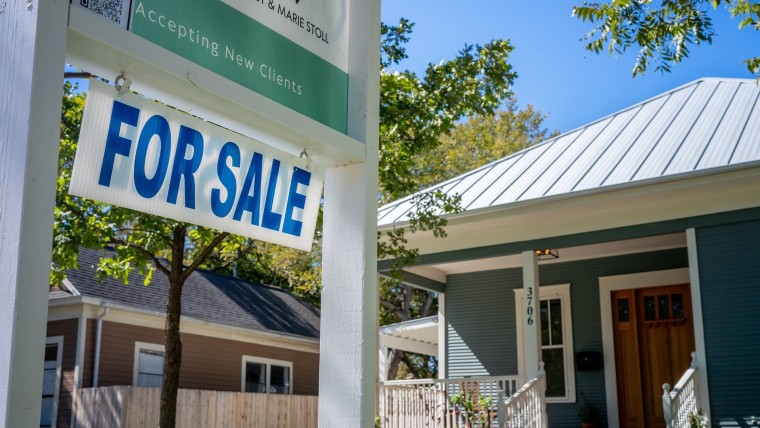A window has just opened for recent homebuyers.
Mortgage rates have fallen to the lowest level in a year, below 6.2%, and could drift even lower if the Federal Reserve continues to trim its benchmark interest rates.
Residential mortgage rates are not set directly by the Fed, but they closely track the 10-year note yield, which has been falling lately for a variety of reasons, including the expectation of further rate cuts.
“It is very possible that you could see a 30-year mortgage rate with a five number in front of it in the next few months with the Fed’s additional planned rate cuts,” Doug Flynn, a New York-based certified financial planner with Flynn Zito Capital Management, told NBC News. “That could bode well for improved movement in the housing market.”
For most homeowners with a mortgage, their rates are still well below current market levels. The National Association of Realtors reported that more than 81% of homeowners had a rate below 6% in August.
But for relatively new homeowners, who purchased their homes in the past two years, when 30-year rates spiked as high as 7.91%, it could be an opportunity to refinance into a lower rate.
“For homeowners with mortgage rates at 7% or even 8%, the current Bankrate average of 6.26% for a 30-year fixed loan offers meaningful savings, especially for those with strong credit who shop around, possibly nabbing an even lower rate,” said Bankrate’s Mark Hamrick.
Here’s an example of the math: A $400,000 home with a 20% down payment and a 30-year fixed rate mortgage at 8% interest would carry a monthly payment of $2,348.
If the interest rate fell to 6%, that same borrower’s monthly payment would be $1,919, or $429 a month less than it was at 8%.
But experts caution that refinancing a loan can carry significant closing costs, so do the math.
“Refinancing does come with a price tag,” Hamrick said. “If the savings outweigh the costs, it can work to your advantage. But if you’re extending your term, say, starting another 30-year clock, it means a longer journey to full ownership.”
Flynn suggests asking your lender about options to avoid refinance fees.
“Speak with your current lender first about possibly doing a ‘re-cast’ instead of full re-fi,” Flynn said. “You may not get the full lowest refi rate, but it might only cost you $500 or so, one-time, and the bank simply does an adjustment to your current rate to lower it pretty close to current rates.”
And don’t expect mortgage rates to move in a straight line. Experts caution that if the Fed is expected to cut borrowing costs, mortgage rates often dip slightly right before the Fed’s announcement, only to rise again after the benchmark rate is cut.
And as always, make sure to plan for all the costs of homeownership, not just the mortgage rate.

